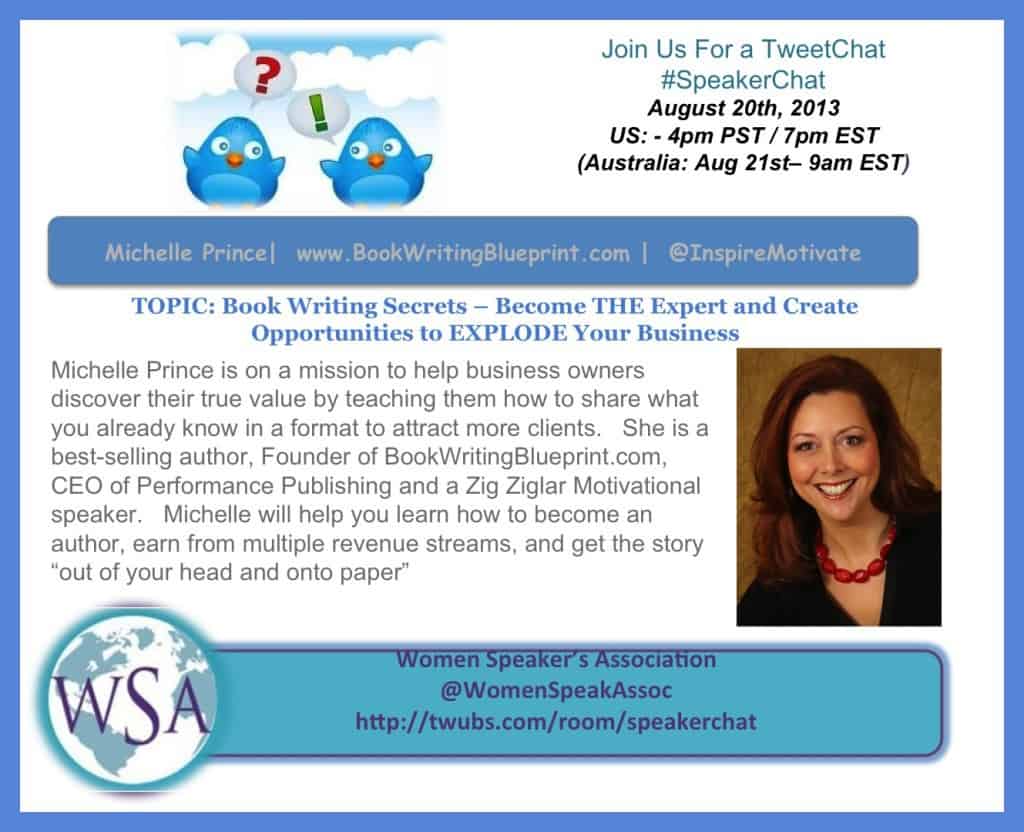 Have you ever dreamed of writing a book?
Have you ever dreamed of writing a book?
Many people have, but its one thing to dream about it and quite another to start writing it. The inability to transfer what is in the mind through the keyboard has stopped many a wishful author.
By following a few simple steps, you can realize your dream of crafting a book from scratch.
Prewriting: You will not get very far if you have no idea what you want to write about. If you are having a hard time coming up with ideas, here are a few methods you can use to help get you started.
– Daydreaming/Memories: Even a single, strong image can be the basis for a good book.
– Brainstorming: Write down your ideas and then select one that looks appealing.
– Observing: Pay attention to what’s happening around you when you go out.
– Watching TV or Films: Seeing a good story may help you think of one.
– Research: Going to the library or just surfing on the web can generate good ideas.
Good ideas can come from almost anywhere, be sure to write them down
quickly so you do not forget.
Drafting: Now that you have found your idea, it is time to start
writing it down.
– Write out your thoughts.
– Ignore typos or mistakes, this is a first draft and you can correct later.
– Get out all your ideas.
The idea is to get everything written down. This is probably the hardest part of writing so you do not want to stop until you are finished.
Revisions: Now that everything is written out, it is time to refine it.
– Re-read what you have written down several times: You are not only looking for spelling and mistakes in grammar usage, but in the logic and structure of your story.
– Is your story focused on what you wanted to say: Too many ideas or tangents can undermine you main idea.
– Add detail if necessary: If something does not look clear, flesh it out more.
Proofreading & Editing: It may look finished, but there is some more work to do.
– Get someone to read over your work, even the best of us can miss obvious spelling errors or even write sentences and paragraphs that may be hard to understand or even grammatically confusing. Your spell check application on your Word application is simply not enough.
– Another pair of eyes can also see plot discrepancies, conflicting logic, and hard to understand points that you may not see.
– Do not be shy about having others read your product as well before submitting it. The more eyes on it, the more likely that mistakes can be caught.
Publish: This can be a complicated process because you are faced with different types of publishing methods.
– Publisher or Literary Agent: This is the traditional means of publishing. This process can be quite involved, as you may have to present your finished work to many different publishing firms. The advantages of the traditional publishing method is that they handle the actual printing aspects of the book and has access to book stores,
particularly national chains that can quickly promote your book. The downsides include the difficulty of getting your book published in that manner in the first place, you will have to do a lot of promotion yourself, and the percentage of sale from each book may be quite small.
– Self-Publish: The advantages are obvious, self-publishing can be done by anyone and you can keep a much larger percentage of profit from each book sale. Of course, as a self-publisher, you take on more responsibility for getting the book complete and finding the right resources, however you own the rights of the book in the end.
Following these steps can help you write, edit, and publish your very own book for all to see.

Please join us for the next #SpeakerChat
August 20th at 4pm PST/7pm EST
Follow along and join the conversation at www.twubs.com/speakerchat
